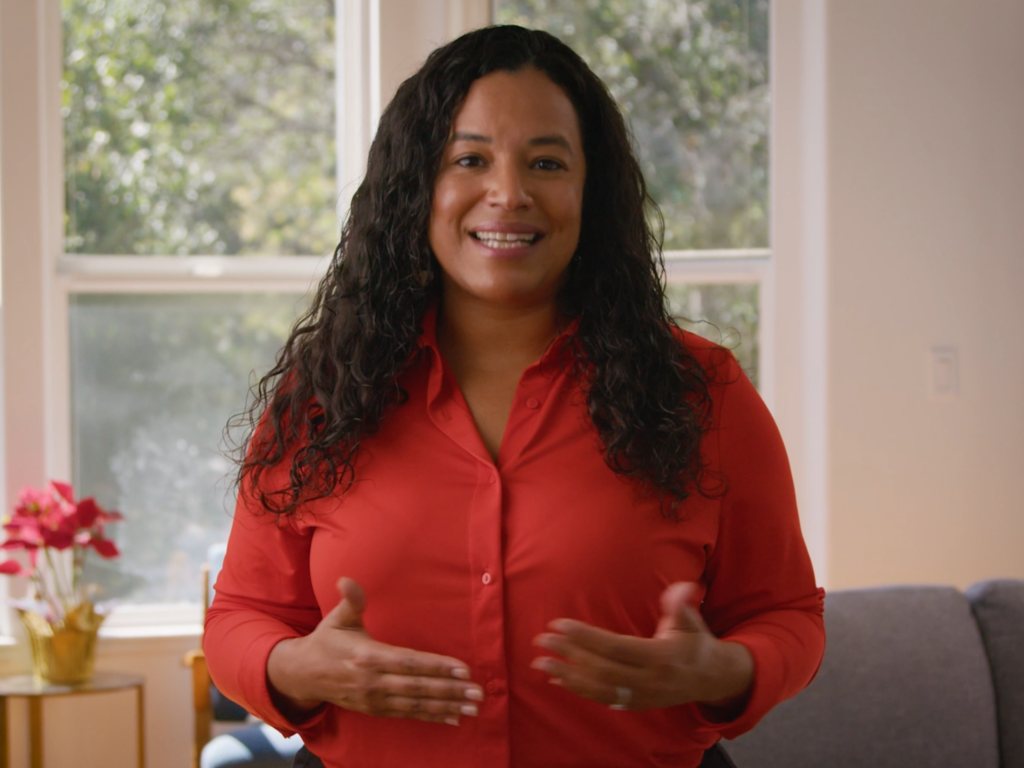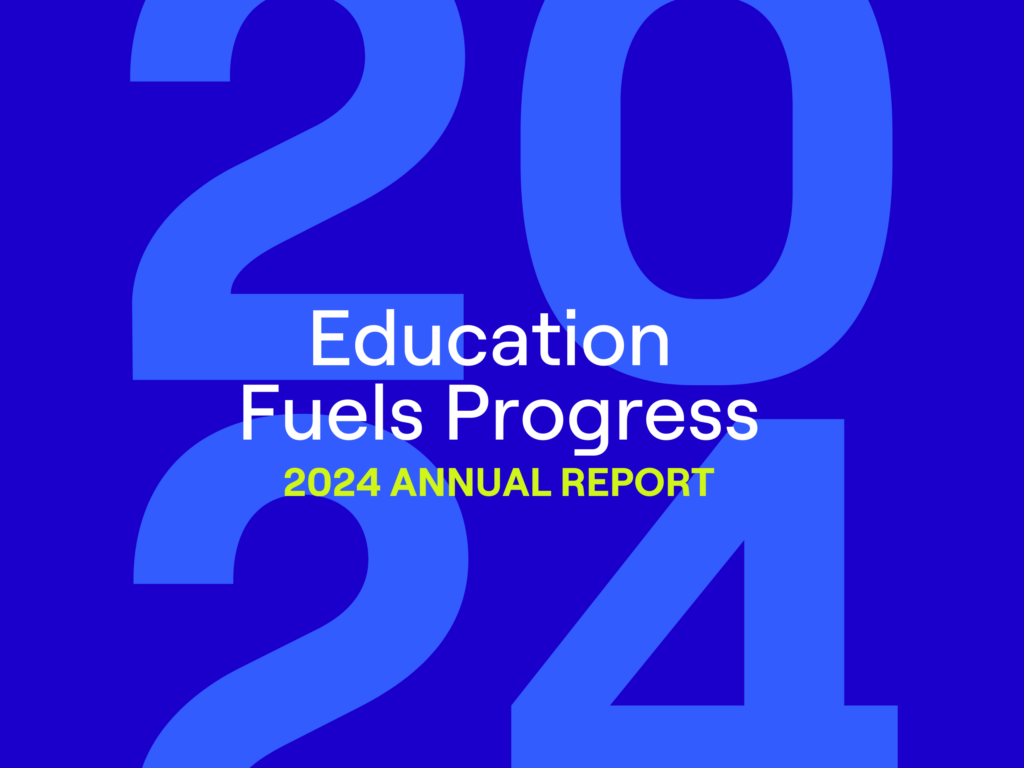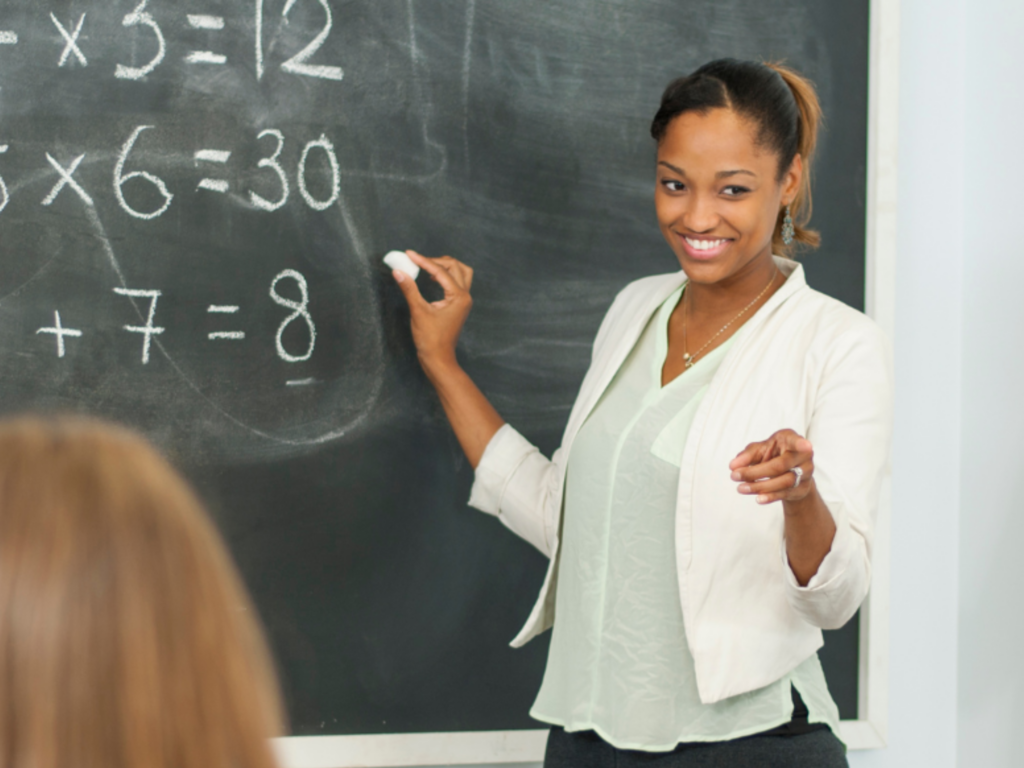Across the country, we’re excited to see many schools, districts and charter organizations exploring ways of innovating in classrooms. We’ve learned that innovation is a journey that individuals and teams take (sometimes together, sometimes separately), and the ease of that journey depends on many things (teammates, school readiness, political context, landscape, other things swirling around, chemistry, time, and so much more).
At the NewSchools Summit this year, we wanted to showcase how different teams of teachers embark on this journey with the support of design firms. We believe there’s something powerful about educators working together to solve complex problems, and we also think that sometimes teams benefit from using an outside voice to help them examine their work using design thinking in order to rethink education in new ways.
We identified design firms and asked them to identify schools they’re currently working with, and asked them walk us through their process. How did they make sense of the problem? What kinds of exercises did they take the team through to examine their needs and context? How did they push the team’s thinking? What makes the best balance of teammates for this kind of work? How can you tell if someone’s ready to innovate? What is challenging about this kind of work?
Here’s a recap of the session. Check out the full session on video here.
Misty Garvin of Luella Middle School in Henry County, Georgia, and Jeff Tsang of Mastery Design Collaborative took the stage first to detail how they worked together to create a completely different learning model for Luella Middle’s students.
Misty explained how Jeff and his team helped the school have very intentional discussions about what they wanted, make informed decisions on data through teacher, student and parent surveys, prototype and pilot ideas, and celebrate short term wins.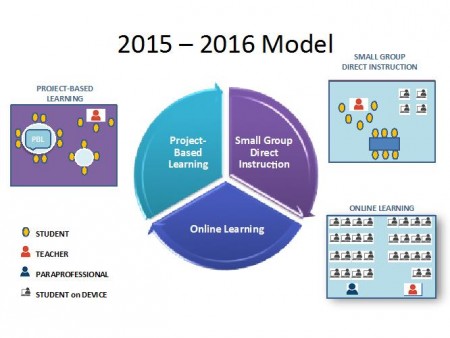
In the end, they had a model where teachers felt ownership and excitement about implementing with their students. Luella Middle School is implementing a model that features small group direct instruction, online learning and project-based learning. Misty explained that she believed that because of their work with Mastery Design Collaborative, the staff was able to land on a model that better met the needs of Luella students, and which had complete staff buy-in because of the process.
Sarah Ritsema, principal of IDEA High School (Innovation Design Entrepreneurship Academy), opening fall 2015 in the Dallas ISD with 100 9th graders took the stage with Todd Kern of 2Revolutions to talk about their work together designing Sarah’s new school.
2Revolutions worked with Sarah to design a school that incorporates the “best” elements of other successful models: project-based learning, learning through internship, dual-credit/AP courses, and other ideas that Sarah valued as a school leader by helping her refine her priorities, operationalize her vision, and engage external stakeholders. Sarah explained that working with 2Rev fostered a mindset shift that moved away from having all the answers to challenging assumptions (sometimes ones she didn’t even realize she had made). 2Rev helped her and her team taking risks in a safe way, and helped strengthen their planning. 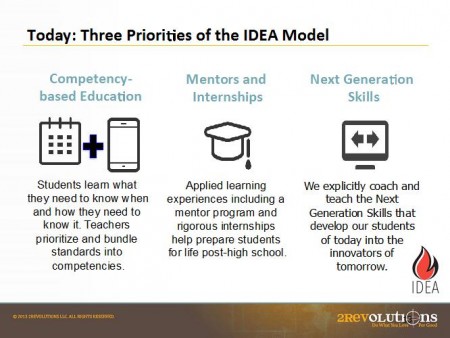
Sarah’s model has three priorities. First, a competency-based education that gives each student a personalized learning path. Second, students are engaged in applied learning experiences, including a mentorship and challenging internship program, where community partners further personalize instruction by helping students tailor how they apply their learning to the real-world. Third, students need to be taught skills such as innovative thinking, collaboration and articulate communication. The fall, when Sarah’s school opens, she will operationalize this design and we look forward to seeing the results of this work.
Finally, Jim O’Shaughnessy, a science teacher at Chicago Academy High School, and David O’Donnell of gravitytank, took audience members on their journey together using design thinking to tackle the problems of student ownership and confidence in their own learning.
Jim experienced a series of design workshops that helped Jim consider not only how design thinking could push his own thinking, but also that of his students. Jim explained, “In my experience in developing an instructional model it has been a great help to have a partner in the people at gravitytank to help me adapt the design process they use to work in my classroom. Since I know the issues that have in my classroom, I can take the design process and fit it to my classroom needs. At the same time Jenny and Ben at gravitytank had much more experience in actually using the design process, albeit for other purposes. It was great being able to call them, and at times, have them come to my school and work directly with me to develop these protocols for use in my classroom.”
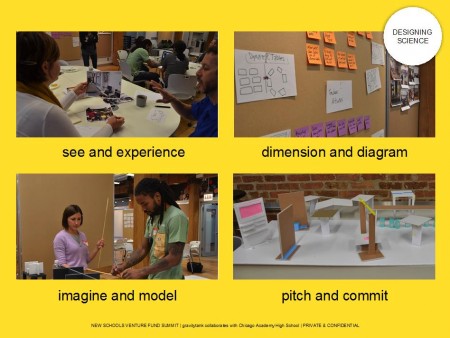
Jim used design thinking to reimagine student ownership and confidence in his science class by having students go through the design process with science content.
Overall, audience members were given a window into the inner workings between designers and teachers, and learned that while the work can at times be messy, it’s also important and meaningful when teachers are engaged throughout the planning process as agents of their own change.
Liz Arney is a Partner on NewSchools’ Innovative Schools team, and the author of Go Blended!, which chronicles what Liz has learned so far in her work designing and implementing blended learning in schools.
Many thanks to Alfred Binford and Pearson Education, who sponsored the Creative Solutions to Classroom Challenges session at NewSchools Summit 2015. See more of what happened at Summit 2015.
